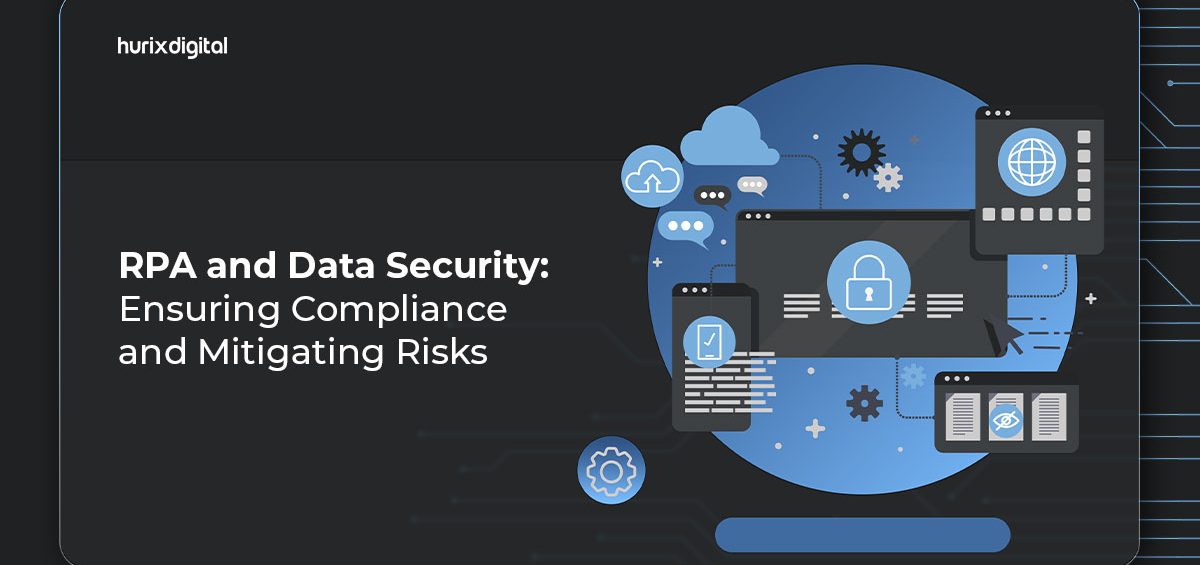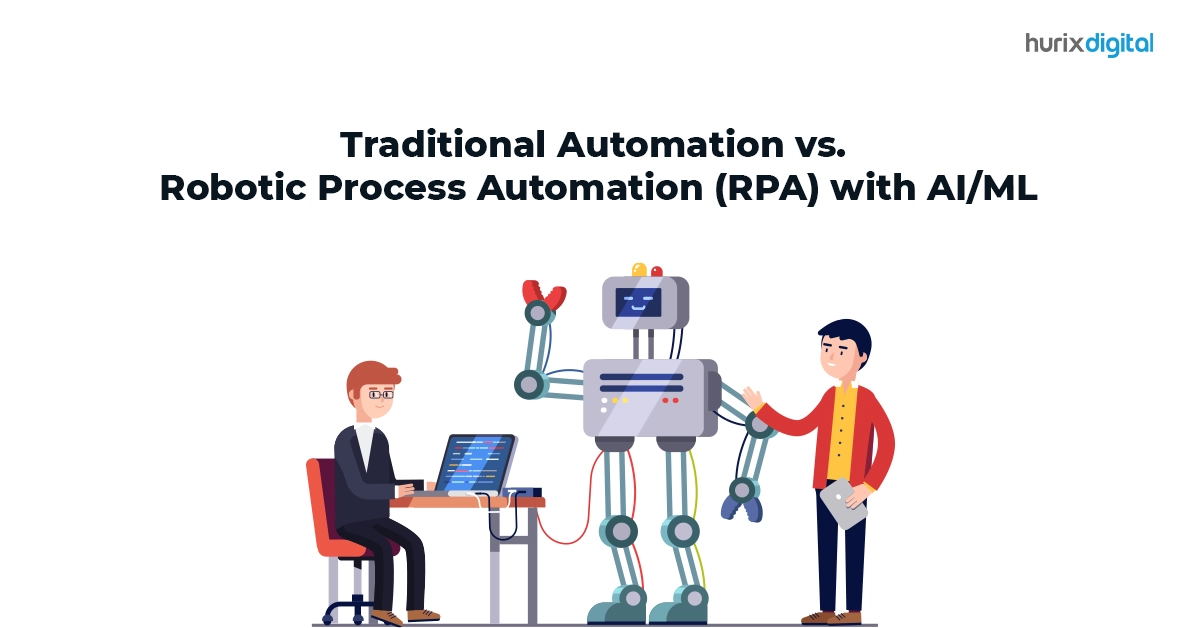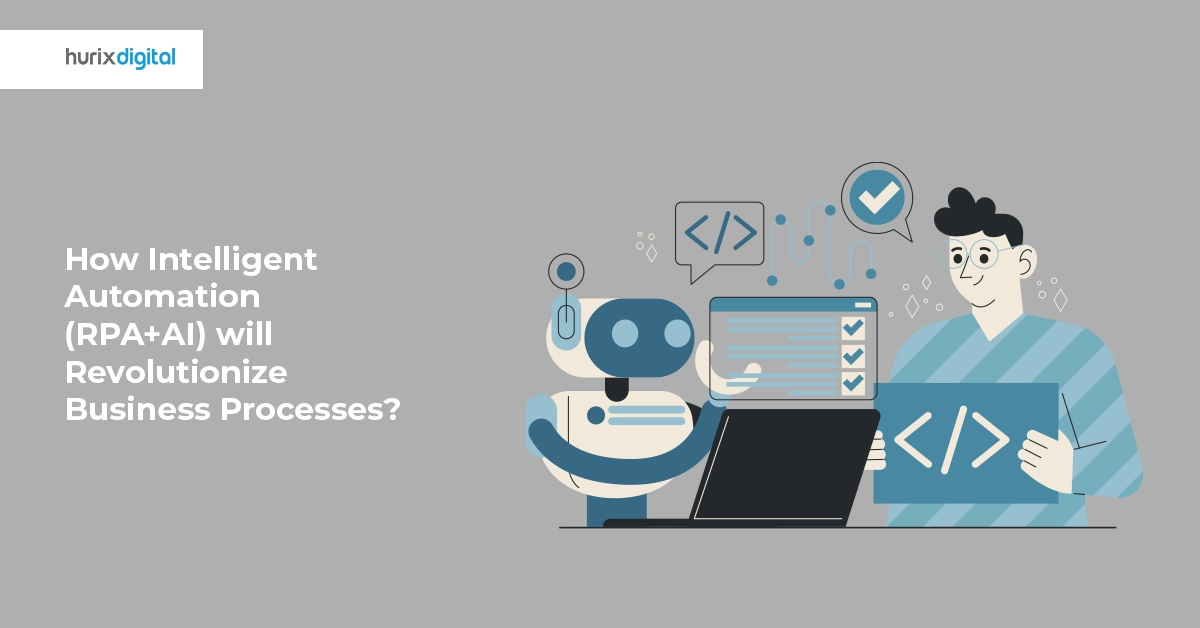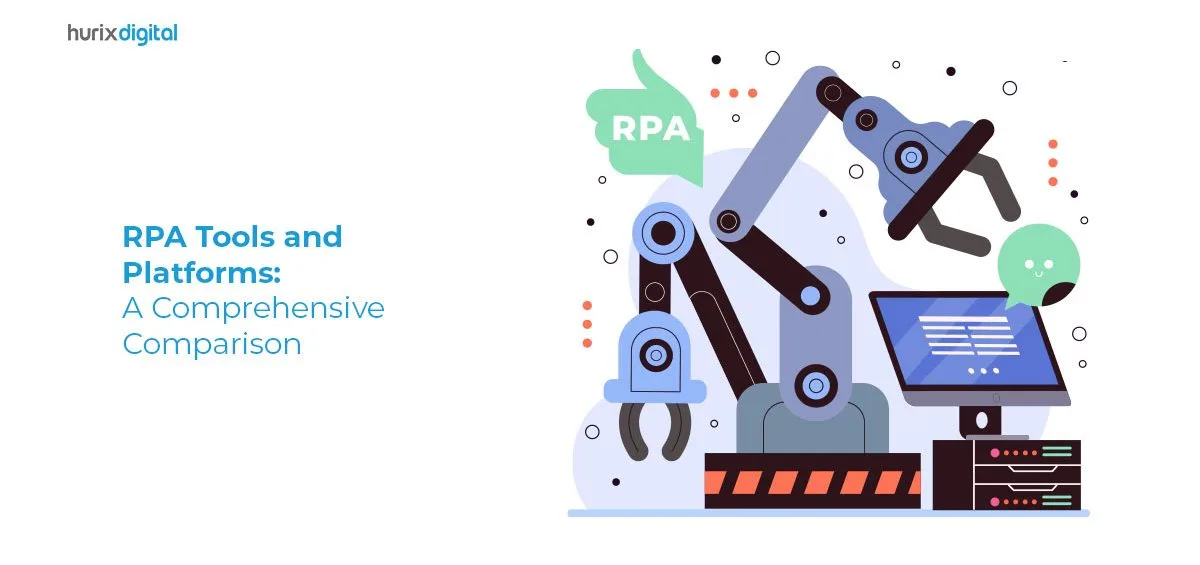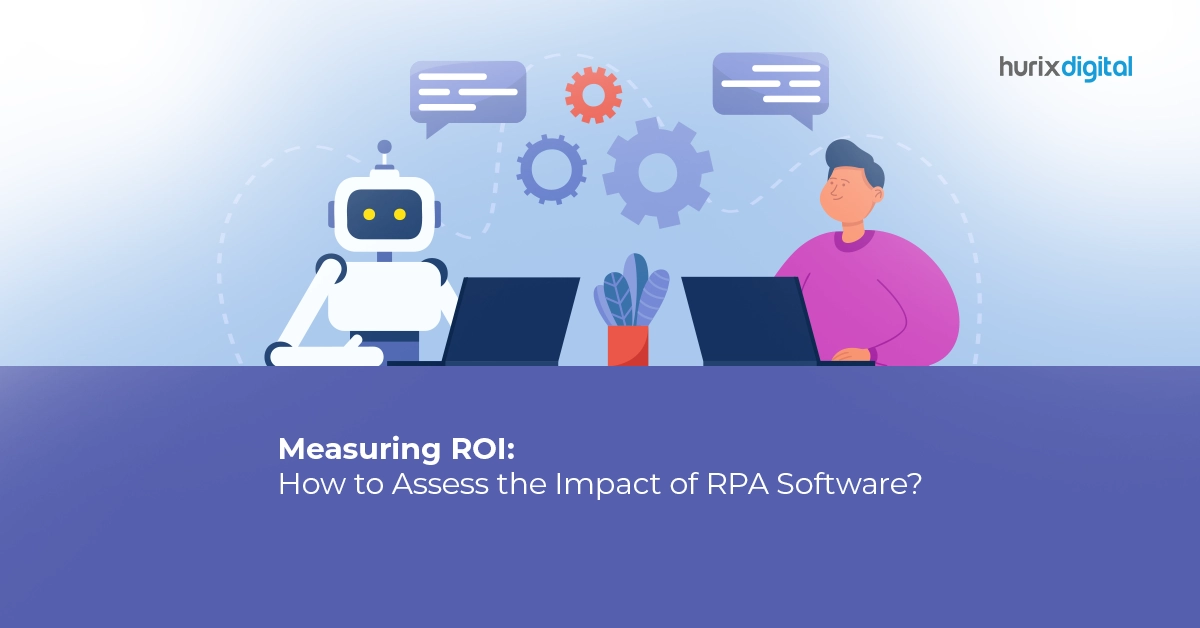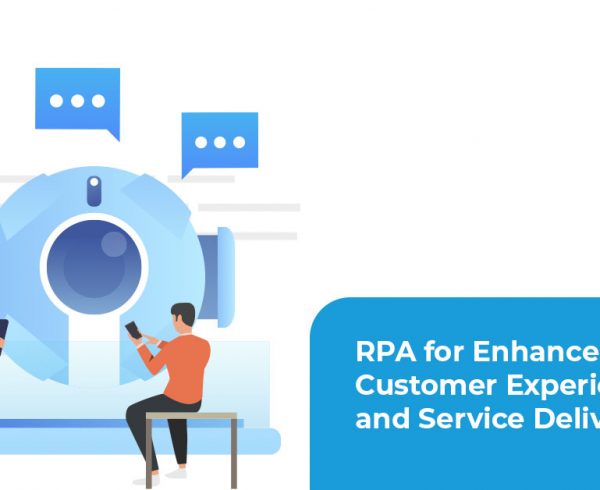Summary
This blog explores the RPA security risks and vulnerabilities and the best practices and strategies to mitigate these risks.
In today’s rapidly evolving digital landscape, businesses increasingly turn to automation technologies to boost efficiency and drive growth. However, as the adoption of RPA continues to rise, addressing the inherent RPA security risks associated with handling sensitive data and maintaining compliance with privacy regulations is crucial.
In this blog, we will delve into the intricacies of RPA and its implications for data security. We will also examine the potential vulnerabilities posed by RPA implementations and the best practices and strategies to enhance data security.
Table of Contents
- Addressing the Need to Secure Data in RPA Implementations
- Potential Vulnerabilities Posed by RPA Implementation
- Mitigating Risks Associate with RPA Implementation
- Developing RPA Security Breach Incident Response Plan
- Final Thoughts
Addressing the Need to Secure Data in RPA Implementations
RPA involves processing and manipulating vast amounts of data, including sensitive and confidential information. This data encompasses customer details, financial records, intellectual property, and more. And according to Infosys BPM, data leakage and fraud are the two major RPA security risks.
Consequently, organizations must proactively consider these potential RPA security risks and implement robust security measures to safeguard their data assets. The increasing prevalence of cyber threats and evolving regulatory frameworks further underscore the need for data protection solutions.
Data breaches not only compromise sensitive information but also lead to reputational damage, financial losses, and legal ramifications. To protect data against such risks, organizations must prioritize data security and incorporate it as an integral part of their RPA strategy.
Potential Vulnerabilities Posed by RPA Implementation
While Robotic Process Automation offers numerous benefits in terms of efficiency and productivity, it also introduces potential vulnerabilities and security risks that organizations must address to ensure data security. Here are some of the key vulnerabilities that can arise during RPA implementation:
1. Unauthorized Access and Privilege Abuse
One of the primary vulnerabilities in RPA lies in the access controls and privileges granted to bots. Without proper configuration and monitoring, unauthorized individuals may gain access to sensitive systems or data. Additionally, if bots are granted excessive privileges, they can inadvertently or maliciously abuse their access, leading to data breaches or security attacks.
2. Insecure Credential Management
RPA bots often require access to various systems, databases, or applications. If credentials used by bots are not securely managed, such as storing them in plain text or using weak authentication methods, they become attractive targets for attackers. Compromised credentials can grant unauthorized access to critical systems and lead to data theft or unauthorized manipulations.
3. Lack of Encryption
RPA involves the processing and transmission of sensitive data. If this data is not properly encrypted, it becomes susceptible to interception and unauthorized access. Encryption should be implemented both at rest (data storage) and in transit (data transmission) to protect sensitive data from being compromised.
4. Inadequate Bot Configuration and Monitoring
RPA bots need to be configured correctly to ensure they perform their tasks and avoid unintended consequences. Insufficient or improper configuration can lead to errors, data leakage, or unauthorized actions. Additionally, organizations should implement robust bots security mechanisms to detect any unusual behavior or deviations from expected patterns, helping identify potential security incidents promptly.
5. Lack of Regular Updates and Patching
RPA software and the underlying infrastructure may contain vulnerabilities that attackers can exploit. Failure to regularly update and patch RPA tools and associated systems increases the risk of security breaches. Keeping RPA software updated with the latest security patches and updates is crucial to prevent potential exploits.
Also Read: How RPA is Transforming Business Processes: Benefits and Use Cases
Mitigating Risks Associated with RPA Implementation
Developing RPA solutions with a strong focus on security is essential to protect sensitive data and maintain the integrity of automated processes. According to Gartner, the first step to ensure RPA security is to ensure the accountability of the bot’s actions.
Here are five secure development practices specifically tailored for RPA initiatives that businesses must comply with:
- Implementing secure coding practices is crucial to prevent vulnerabilities and ensure the resilience of RPA solutions. This includes practices such as input validation, output encoding, secure error handling, and proper memory management.
- Conducting regular vulnerability assessments helps identify potential weaknesses in RPA software and infrastructure. Organizations can proactively detect and address RPA security risks, such as insecure API integrations, by leveraging automated scanning tools and manual reviews.
- Proper configuration management ensures that RPA components, such as bots and automation platforms, are securely configured. This involves implementing automation security defaults, disabling unnecessary features, and enabling secure communication protocols.
- Utilize secure development frameworks and libraries specifically designed for RPA. These frameworks provide pre-built security controls and functionalities, enabling developers to focus on secure coding practices without reinventing the wheel.
- Developers can proactively design and implement appropriate security controls by identifying potential RPA security threats and attack vectors early on. This includes considering data storage security, access controls, authentication mechanisms, and encryption requirements.
Also Read: What is Data Migration Testing: Strategy, Types and Challenges
Developing RPA Security Breach Incident Response Plan
Developing an effective incident response plan is crucial to address and mitigate cybersecurity data breaches in RPA implementations. Organizations can ensure timely detection and recovery from security breaches by establishing a well-defined incident response framework. Here are the key steps to developing an incident response plan for RPA security breaches:
Step 1: Establish an Incident Response Team
Assemble a dedicated incident response team consisting of key stakeholders from IT, security, RPA operations, and legal departments. This team will coordinate incident response efforts, define roles and responsibilities, and ensure clear communication channels during security incidents.
Step 2: Define Incident Classification and Escalation Procedures
Establish a clear classification system to categorize RPA-related incidents based on severity and impact. This will enable the incident response team to prioritize their response efforts effectively. Develop escalation procedures that define the thresholds for escalating incidents to higher management levels, ensuring the timely involvement of decision-makers when necessary.
Step 3: Develop an Incident Response Plan
Create a comprehensive incident response plan specifically tailored to RPA-related incidents. The plan should include step-by-step procedures for incident detection, reporting, containment, eradication, recovery, and post-incident analysis. Document the roles and responsibilities of team members and any specific considerations related to RPA systems and data.
Final Thoughts
As organizations embrace the transformative power of RPA, they must prioritize data security to protect sensitive information and ensure compliance with the regulatory framework. By incorporating secure development practices, conducting regular vulnerability assessments, and having a well-defined incident response plan, organizations can mitigate RPA security risks effectively.
Hurix Digital‘s RPA automation solutions are tailored to your business needs. Our experienced team can assist you in deploying secure and scalable RPA systems while ensuring data security and compliance.
Contact us today to learn more.


